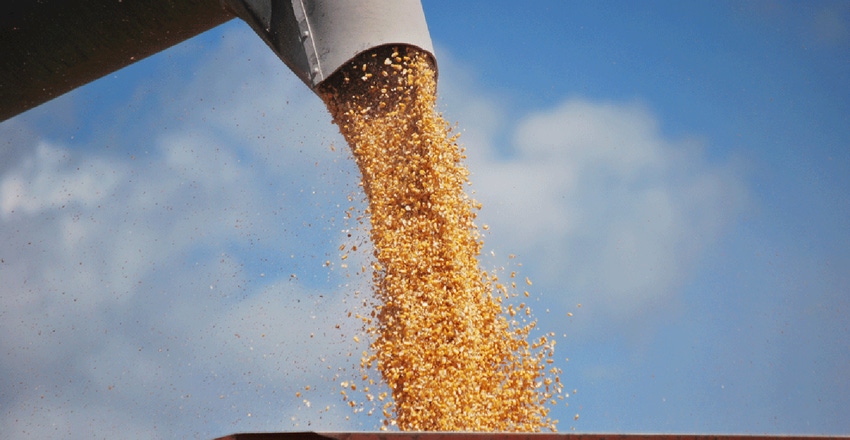
The coronavirus grabbed the spotlight and stifled global flow. It's the second viral punch to hit grain markets still stammering from the roundhouse delivered by the African swine fever.
"People asked me what is the biggest issue (affecting grain markets) now? Is it trade or coronavirus? I say, neither. It's the African swine fever, which people have stopped talking about. Folks, AFS has really knocked the heck out of our demand," said Richard Brock, head of Brock Associates, during his presentation at the 68th annual Mid-South Farm and Gin Show in Memphis Feb. 28.
(Article updated 3-3-20 to include soybean and corn price estimates for 2020 and 2021.)
The Phase 1 trade agreement with China, agreed upon earlier this year, shifted into gear the potential Chinese purchase of $80 billion in U.S. agricultural products over the next two years, but the coronavirus put a governor on a global market accelerator running low on demand.
"People talk about these trade agreements, but you know, so what if China has agreed to by as much extra stuff from us if their hog herd is down 55%, which was why they're buying the feed (corn and soybean), what differences does it make?," he said.
Like the coronavirus, AFS has no cure, yet, either, he said.
Fundamentally imbalanced
Brock has worked in commodity trading for more than four decades. He says government payments now help U.S. producers in the short-term, but the global supply predicament grows larger. In his opinion, the payments, though good and needed at the time, give producers reason to store, not sell and plant more, building on a supply and working against the fundamentals of the market. The imbalance will eventually come to reckon, but will China's buying power solve it?
When the current global viral bout wanes, and it will, countries will regain footing and markets will loosen up, he said. But healthy long-term market conditions depend on an increase in demand for global corn and soybeans with the U.S. finding avenues to regain market shares lost to countries like Brazil, or even Ukraine.
The viral issues affecting China and distilling through the globe now, he said, though serious, may catalyze a needed shift in global manufacturing and dependence away from China to a U.S. manufacturing scene ready to ramp up domestically while maintaining China as a viable market for the U.S. grain complex.
The Brock Group estimates a soybean price range for 2019/2020 marketing between $8.50 and $9.50 per bushel. For the 2020/2021 marketing, the group sees between $8.30 and $9.50 per bushel.
The group estimates for 2019/2020 a corn marketing range between $3.60 and $3.75 a bushel, and for 2020/2021 marketing an estimate between $3.30 and $3.90 per bushel.
Current strategy
For people actively marketing corn and who wanted to know the Brock Group’s current corn strategy, Brock pointed to the Feb. 21 Brock Report distributed to those attending his talk at the Gin Show. The group’s cash-only marketers' strategy sits at 70% of the old crop sold and 40% contracted, with a message to sit tight.
For the hedgers' strategy, 100% sold on old corn crop; 20% contracted on new and short December futures on 50% for a net 70% priced. Forty percent of the 2021/2022 crop is also priced with short December 2021 futures.
On soybeans, Brock's cash-only marketer's strategy still sits at 70% sold on old crop and 20% new. He says remain patient.
For soybean hedgers' strategy, the group 60% of old crop is sold and 20% of new is contracted. He said the group recently took profit on hedges representing 40% of the crop.
About the Author(s)
You May Also Like






